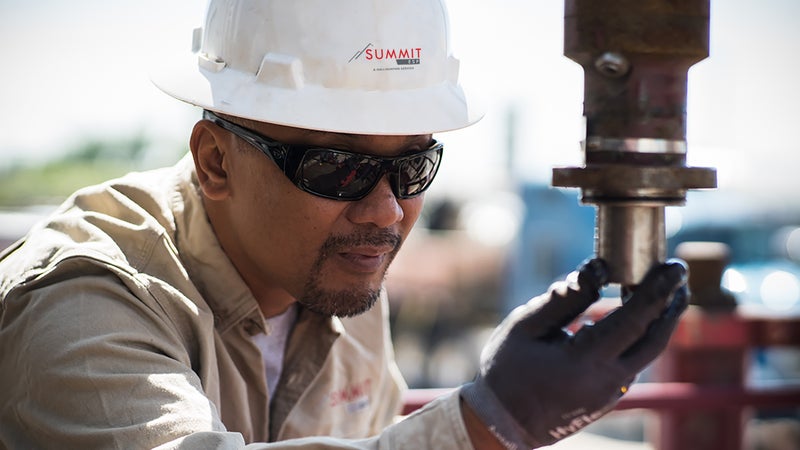 Search
Search
 Search
Search

The team monitors and optimizes ESP speeds in real-time to achieve targeted production goals
Download PDFUnconventional

ESP system moves away from the designed best efficiency points.

North America

Fixed ESP operating parameters do not allow for optimal production as the reservoir naturally declines. This problem is exacerbated in unconventional wellbores where initial production drops off rapidly.
At any fixed motor frequency or other constant parameters, an ESP system will produce less fluid due to the natural decline of the reservoir.
When production declines and pump intake pressure increases, low fluid rates around the motor are inadequate for proper cooling, and the system moves away from the designed best efficiency point (BEP).
To generate performance evaluations, Summit's Intelevate digital platform team monitors the trends of various ESP and wellbore performance parameters, such as over/underload, motor temperature, and tubing/casing pressures. Based on the findings, the team meets with the customer, and recommendations are made to optimize performance. The Intelevate team determines the system’s operating point on the pump curve and coordinates changes with the field to determine any possible restrictions in the facilities.
Once the analysis is completed and communicated, the set frequency is optimized remotely on the variable speed drive (VSD). Monitoring continues, and adjustments are made as needed, remotely or in the field.
When the Intelevate digital platform team optimizes the set frequency mode, the customer can see improvements in drawdown rates by decreasing pump intake pressure (PIP) at a higher rate. ESP uptime and run life also improve as a higher fluid influx into the pumps increases motor load and moves the operating point closer to the BEP with the higher speed and fluid rates.
Improved production rates
Improved uptime and run life
Improvements in drawdown rate

Providing enhanced ESP system optimization and extensive customizable well monitoring to meet all your production needs

Halliburton's Summit ESP® electric submersible pump systems increase run life and maximize production.

Summit ESP® variable speed drives (VSD) adjust to changing well conditions and operate with high efficiency in extreme environments
